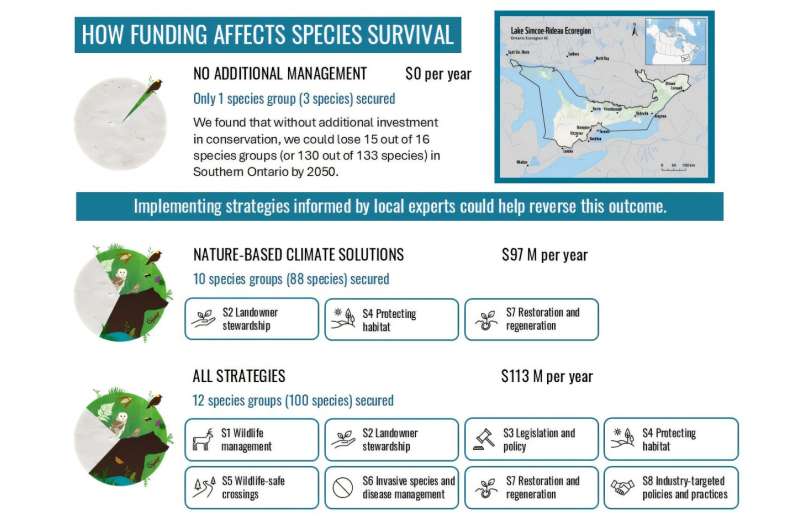Researchers have introduced a novel breeding method aimed at developing heat-resistant kelp cultivars, crucial for adapting to rising seawater temperatures caused by global warming. A team led by Prof. Shan Tifeng from the Chinese Academy of Sciences has successfully created triploid cultivars of the kelp species Undaria pinnatifida, a significant economic resource worldwide. The findings were published on November 19, 2025, in the Journal of Phycology.
Kelp farming is increasingly threatened by climate change, particularly as seawater temperatures rise. This situation has underscored the need for new, heat-resistant kelp varieties that can thrive in warmer climates. While triploid breeding has been a common practice in terrestrial agriculture, its application to seaweeds has been limited. This research aims to address that gap.
Innovative Breeding Technique
The research team utilized a technique that builds on existing methods for creating doubled haploid (DH) sporophytes, which are essential for the breeding process. Previous attempts to derive diploid gametophytes from sporophytes were inconsistent, leading to variable results that hampered the development of stable triploid lines.
According to Prof. Shan, “This issue has become the primary technical bottleneck limiting triploid breeding in kelp.” To overcome this challenge, the researchers developed a new approach where homozygous diploid gametophytes are generated by inducing apospory in DH sporophytes. These gametophytes are then crossed with haploid gametophytes to produce triploid sporophytes.
The methodology involved first deriving DH sporophytes through self-fertilization of a monoicous gametophyte. The researchers successfully produced male diploid gametophytes through apospory, which were then crossed with three clonal lines of female haploid gametophytes. This innovative process resulted in the establishment of three triploid hybrid lines.
Benefits of Triploid Hybrids
Subsequent cultivation trials at a seaweed farm demonstrated that the triploid hybrids possess several advantages over traditional diploid cultivars. These hybrids displayed a faster growth rate, longer blade length, and improved resistance to high temperatures and aging. Notably, they also exhibited sterility, which can be beneficial for cultivation management.
Prof. Shan remarked, “The triploid breeding method established in this study may also be applicable to other kelp species, as they share a similar life cycle.” This research not only presents a practical tool for kelp breeding but also aims to enhance the adaptability and resilience of seaweed farming amidst changing environmental conditions.
The study signifies a crucial advancement in the field of aquaculture and provides a foundation for future research into developing more robust cultivars that can withstand the impacts of climate change. The findings contribute to the ongoing efforts to ensure the sustainable development of the seaweed farming industry globally.
For further details, refer to: Tifeng Shan et al, “Breeding of triploid Undaria pinnatifida through crossing aposporous gametophytes derived from doubled haploid sporophytes with haploid gametophytes,” Journal of Phycology (2025). DOI: 10.1111/jpy.70107.







